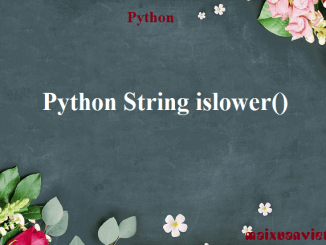
Python String islower()
The islower() method returns True if all alphabets in a string are lowercase alphabets. If the string contains at least one uppercase alphabet, it returns […]

The islower() method returns True if all alphabets in a string are lowercase alphabets. If the string contains at least one uppercase alphabet, it returns […]
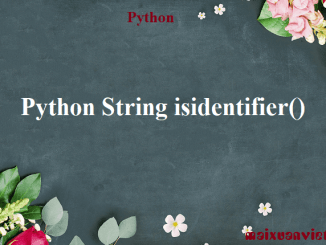
The isidentifier() method returns True if the string is a valid identifier in Python. If not, it returns False. The syntax of isidentifier() is: 1. isidentifier() Paramters […]
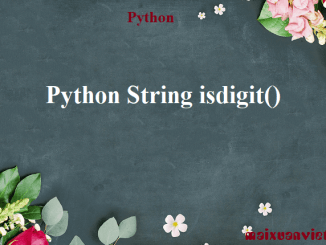
In this tutorial, we will learn about the Python String isdigit() method with the help of examples. The isdigit() method returns True if all characters in a string are […]
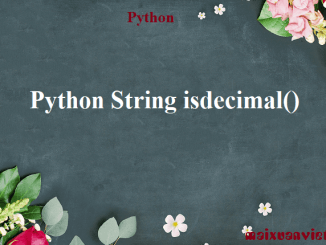
The isdecimal() method returns True if all characters in a string are decimal characters. If not, it returns False. The syntax of isdecimal() is 1. isdecimal() Parameters […]
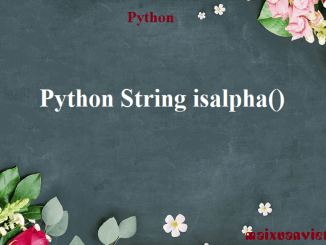
The isalpha() method returns True if all characters in the string are alphabets. If not, it returns False. The syntax of isalpha() is: 1. isalpha() Parameters isalpha() doesn’t […]
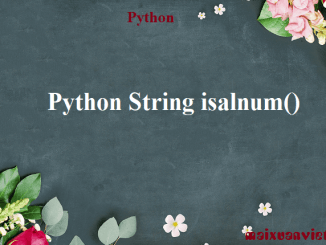
The isalnum() method returns True if all characters in the string are alphanumeric (either alphabets or numbers). If not, it returns False. The syntax of isalnum() is: […]

In this tutorial, we will learn about the Python index() method with the help of examples. The index() method returns the index of a substring inside the […]
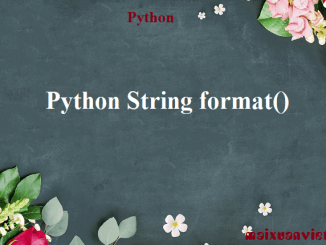
The string format() method formats the given string into a nicer output in Python. The syntax of the format() method is: Here, p0, p1,… are positional arguments and, k0, k1,… are […]

In this tutorial, we will learn about the Python String find() method with the help of examples. The find() method returns the index of first occurrence of […]
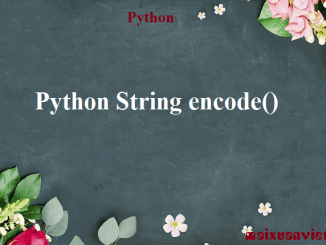
In this tutorial, we will learn about the Python String encode() method with the help of examples. The encode() method returns an encoded version of the given […]

The expandtabs() method returns a copy of string with all tab characters ‘\t’ replaced with whitespace characters until the next multiple of tabsize parameter. The […]

In this tutorial, we will learn about the Python String endswith() method with the help of examples. The endswith() method returns True if a string ends with the specified […]
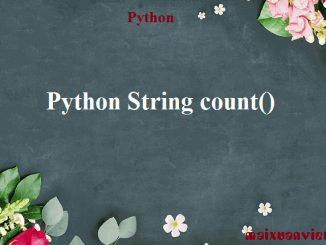
In this tutorial, we will learn about the Python String count() method with the help of examples. The count() method returns the number of occurrences of a […]
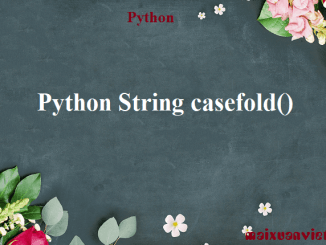
The casefold() method is an aggressive lower() method which converts strings to case folded strings for caseless matching. The casefold() method removes all case distinctions present in […]

The center() method returns a string which is padded with the specified character. The syntax of center() method is: 1. center() Parameters The center() method takes two arguments: width […]
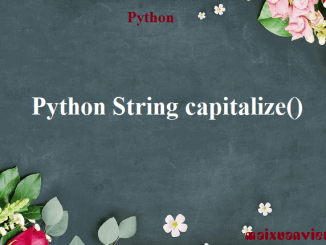
In Python, the capitalize() method converts first character of a string to uppercase letter and lowercases all other characters, if any. The syntax of capitalize() is: 1. […]
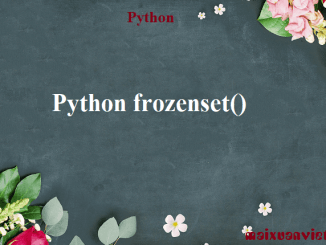
The frozenset() function returns an immutable frozenset object initialized with elements from the given iterable. Frozen set is just an immutable version of a Python set object. […]

1. Overview The Python set update() method updates the set, adding items from other iterables. The syntax of update() is: Here, A is a set, and iterable can be any iterable […]

In this tutorial, we will learn about the Python Set union() method with the help of example. The Python set union() method returns a new set with […]
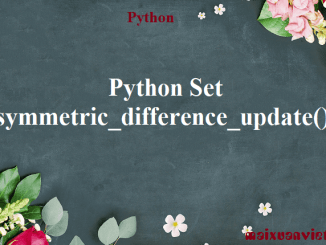
1. Overview The symmetric_difference_update() method finds the symmetric difference of two sets and updates the set calling it. The symmetric difference of two sets A and B is the […]
